The possible emergence of a new era of tunnel warfare will challenge the Air Force to think of new ways to find, and defeat, a hidden enemy.
Terrorist groups such as ISIS-Khorasan, in the badlands of Afghanistan, have been known in the past to use networks of tunnels. In turn, the Air Force has used punishing weapons — most famously, by dropping the Massive Air Ordnance Blast, or MOAB, on ISIS-K tunnels in April 2017 — to deal with them.
But with more advanced adversaries such as North Korea building secret tunnels that could pour out thousands of troops with little to no warning — possibly in or near civilian population centers — the Air Force is going to have to find new tactics and perhaps even new weapons.
Most concerning, tunnel warfare can be a way for an outmatched enemy to level the playing field. Not only do they provide a way to move enemy troops, but also to conceal their numbers and capabilities, which adversaries such as al-Qaida have done.
“Tunnels have become … a process by which our adversaries know our limitations from the standpoint of reducing that asymmetric advantage that we have,” said Brig. Gen. Craig Baker, vice commander of the 12th Air Force at Davis-Monthan Air Force Base in Arizona, during a Feb. 15 interview. “So you’ll see more countries — and I’m talking about China, Russia, North Korea, Iran — have gone to tunneling as a way to hide some of their capabilities.”
RELATED
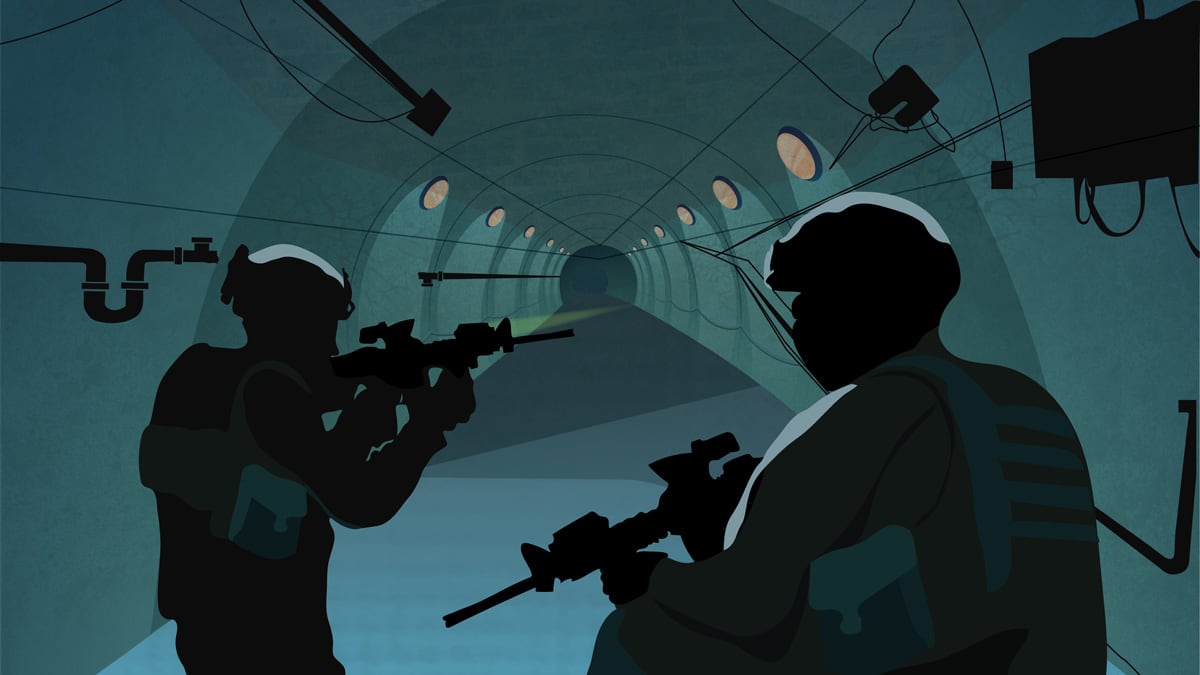
Baker wrote a thesis, “The Strategic Importance of Defeating Underground Facilities,” while attending the Army War College as a lieutenant colonel in 2012.
One of the Air Force’s key advantages is its cutting-edge intelligence, surveillance and reconnaissance capabilities. But those eyes in the sky — everything from remotely piloted aircraft to specialized recon aircraft like the Rivet Joint to satellites — can be stymied by tunnels or other underground facilities concealed beneath massive amounts of dirt and rock, Baker said.
Drones such as the Reaper may not have X-ray vision, but they do have the ability to loiter for long periods of time. Baker said that if they stare long enough at a tunnel, they can piece together a “pattern of life” that could help analysts infer what’s going on inside.
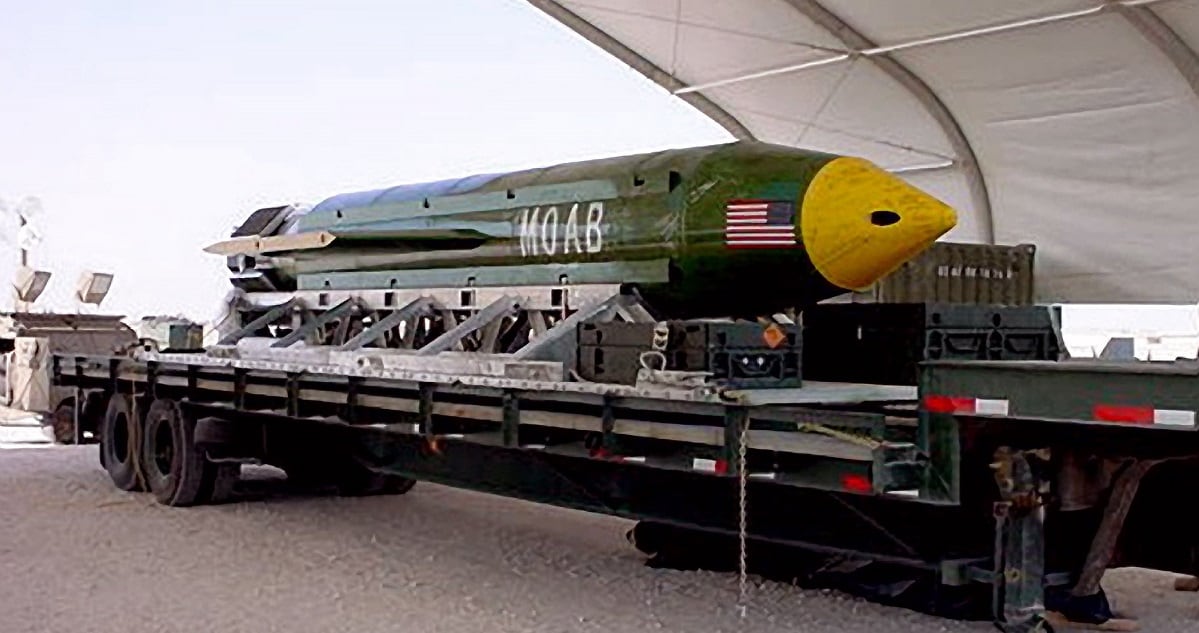
For example, RPAs could watch what personnel or formations move in and out of the entrance to a tunnel over days, weeks or even months. Or they could track the movement of certain types of equipment and materials — for example, a dump truck hauling out types of dirt, or trucks bringing in particular kinds of pillars — that might hint at what they’re trying to hold up inside.
“When you watch the evolution of that [construction] process, it’s not hard to figure out,” Baker said. “Certainly you’re not blind. Everything can be used as a sensor that eventually might help you gain confidence in the target. But unless you’re the guy with the actual blueprints that’s constructing the thing, you’re always going to have a level of confidence, or not-confidence, applied to any scenario. And that has to be applied to your defeat mechanisms.”
It’s also very difficult to tell where a tunnel might wind after disappearing from sight, Baker said, and where crucial parts such as command and control might lie.
“What the structure might look like underneath the mountain is really a best guess,” Baker said.
Once the Air Force has identified such a tunnel or other underground facility and figured out what’s inside, the question is what to do about it.
RELATED
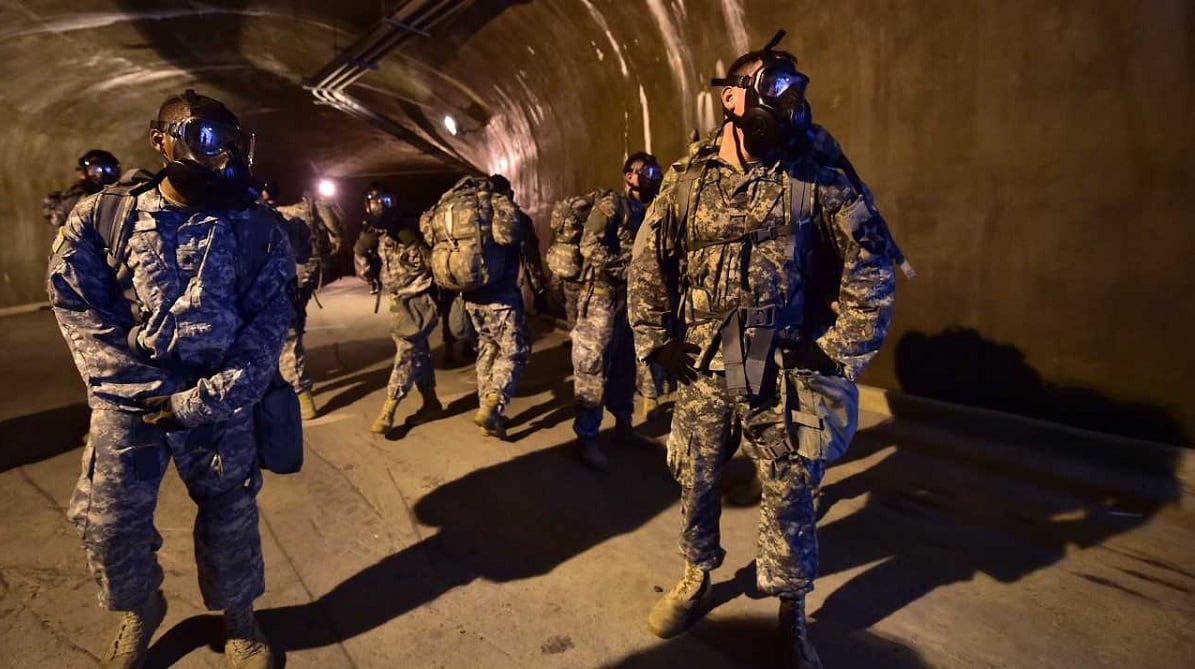
Baker said it’s not always necessary to obliterate the entire structure, the way air forces approached such “hard and deeply-buried targets” during World War II. Instead of sending an entire squadron to annihilate the area, Baker said the Air Force could use one precision-guided munition from one airplane to target a specific “effect” — take out one particular room or feature of a tunnel, and ruin the enemy’s ability to use it in the process.
That also could include taking out a power grid, a ventilation system that hundreds or thousands of troops need to breathe underground, or a communications system necessary for leaders’ command and control, rendering it effectively useless.
“You’re not in a hard and deeply buried target because you’re an unimportant person, or function or infrastructure,” Baker said. “There are certain critical … hinge points that you may be able to affect that could then therefore affect the overall use of the tunnel. You plug up the airway, you may create an effect on the people inside that would have the same effect as detonating a weapon inside.”
There’s another benefit to not obliterating such a tunnel, Baker said: When the conflict is over, it means less damage that might need to be rebuilt — and that infrastructure is still there for the U.S. to use.
But all that can be easier said than done, Baker said. Even if the approximate location of the target can be found, it could be buried under large amounts of granite. That would be difficult to reach even for a munition like the GBU-57 Massive Ordnance Penetrator, the largest non-nuclear weapon in the Air Force’s inventory. Even the famed MOAB strike against ISIS-K in 2017, while it caused a massive amount of damage, didn’t entirely collapse the hive of tunnels.
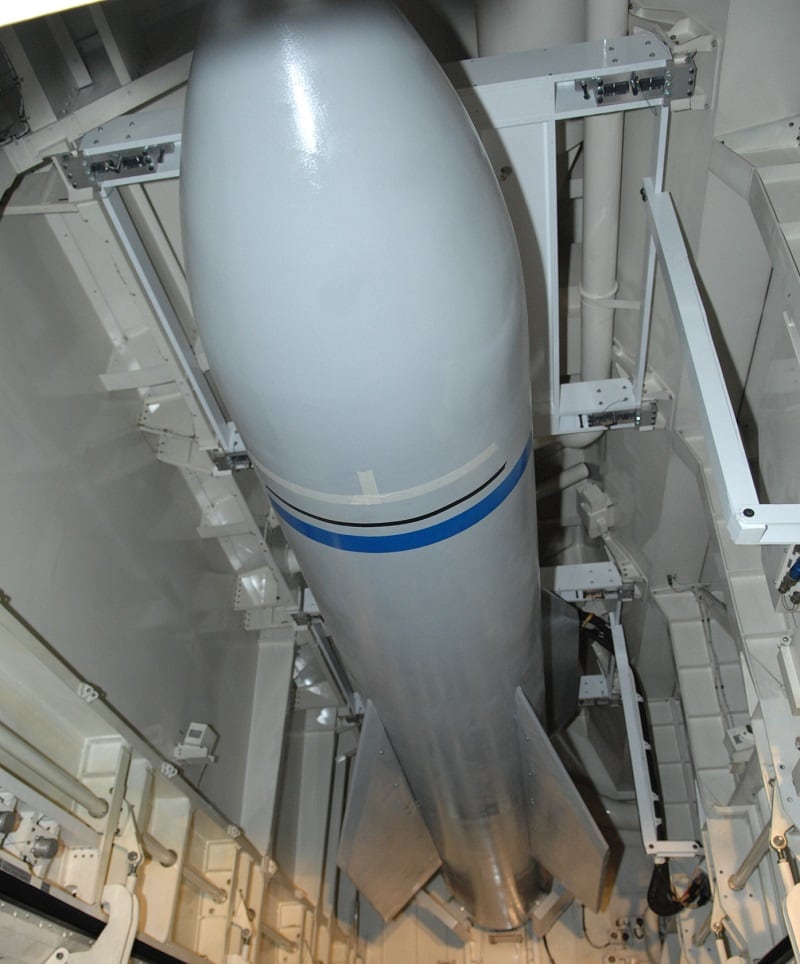
To properly counter underground structures such as tunnels, Baker said, the Air Force will need a combination of different kinds of munitions. In some cases, a large-scale weapon such as the MOP might be right to overwhelm a target.
But in other circumstances — such as if a tunnel lets out near civilian populations — a smaller-yield weapon might be right, Baker said.
The Air Force Research Laboratory has also looked at building advanced air-to-surface munitions that could be “dialable,” or have their explosive yield adjusted up or down in response to changing battlefield situations.
In a September 2018 paper from the Mitchell Institute for Aerospace Studies, retired Maj. Gen. Lawrence Stutzriem and retired Col. Matthew Hurley said that, theoretically, fifth-generation and beyond aircraft could even change a weapon’s yield after it’s been fired. This could be needed to help prevent unintended damage and casualties in a tight, complicated urban battlespace, the paper said.
RELATED
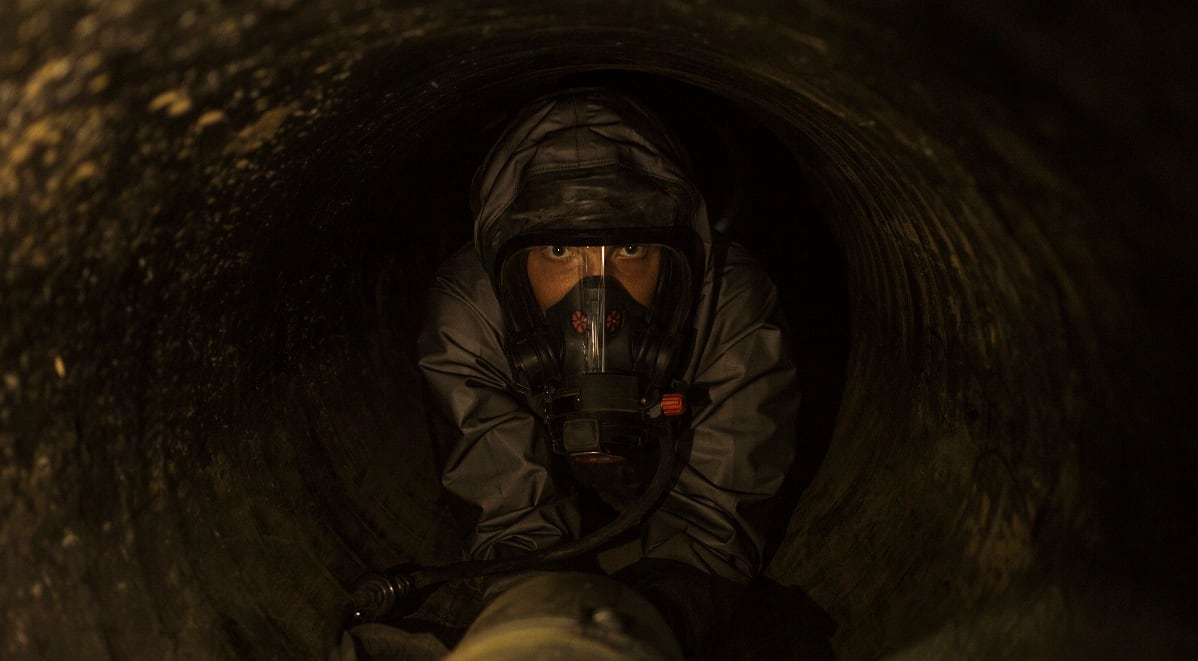
Baker said such adjustable-yield munitions could be useful in a quickly changing urban battlefield with tunnels, where civilians or friendly forces could unexpectedly end up near a target.
That could become especially important if, for example, a conflict on the Korean peninsula erupted and North Korean troops began pouring out of tunnels in South Korean cities. In such a situation, a variable-yield weapon could theoretically be dialed down to a small yield and dropped to collapse the exit of a tunnel, while trying to limit the damage around it.
“That’s a wicked problem that has a lot of things to think about,” Baker said. “You may not be able to even drop a kinetic weapon” in such a close-quarters situation.
Stephen Losey is the air warfare reporter for Defense News. He previously covered leadership and personnel issues at Air Force Times, and the Pentagon, special operations and air warfare at Military.com. He has traveled to the Middle East to cover U.S. Air Force operations.




